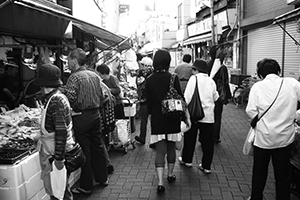 The street spills out from the station, a narrow and unassuming road. You probably know it well, in the mornings on the way to the train you may have noticed the rolled down garage-style doors at the front of the buildings, the sprays of bright plastic cherry blossoms bobbing with the wind, the small signs naming the district, and wondered, vaguely, what it all meant.
The street spills out from the station, a narrow and unassuming road. You probably know it well, in the mornings on the way to the train you may have noticed the rolled down garage-style doors at the front of the buildings, the sprays of bright plastic cherry blossoms bobbing with the wind, the small signs naming the district, and wondered, vaguely, what it all meant.
Between the hours of 10am and 7pm, however, it is another world. The pavements are narrowed by baskets and crates full of goods, from ceramics to seasonal fruit, alongside vintage cameras to pickling vats. This is the shotengai, the shopping district that is the old heart of any ward in any town or city anywhere in Japan. In larger centers they are often covered, pedestrian arcades. Shotengai in smaller towns share the streets with regular traffic. All towns have one. Most have many.
Before supermarkets and box stores, these traditional shopping districts pulsed with life, keeping shopkeepers on their feet from before opening to after closing at night. Now, they struggle on, the local shopkeeper associations striving to find better ways to bring in customers and keep up with the larger stores where most essential items can be purchased at one cash register.
Some even manage to thrive. Asakusa’s Nakamise does brisk trade with temple visitors and locals alike, while Kyoto’s Nishiki Market is on the itinerary of all overseas gourmets. Some specialize, providing a selection that even the largest supermarkets cannot rival. Tokyo’s Ameyokocho sells such a variety of seafood that people from all over the country visit, shopping there for New Year’s foods and other traditional items, while other districts fill empty shops with hip craft stores run by trendy young artists. All shotengai, however, no matter how small or large, are based around the backbone of: a greengrocer, a tea shop, a camera shop, an ironmonger or hardware store, and a ceramics shop.
Shopping at the shotengai can be daunting for newcomers, but there are few places like it. The savvy consumer can buy things in these little shops that are difficult or impossible to find in more modern establishments. The shopkeeper’s associations often provide loyalty points in the form of stickers or stamp or a swipe card, and the service is unparalleled.
Few things are more Japanese than tea, and the ubiquitous tea shop seems a logical place to begin the hunt for a unique gift or a special something for yourself. Though the impressive range of tea stocked won’t include Earl Grey or Orange Pekoe, there’s something luxurious about buying teas by the gram, and the lightweight packages slip easily into airmail envelopes. Tea can be bought by type or by provenance. Glass cabinets are stocked with shelves of tea cups, tea pots, and beautifully crafted tea bowls, and lacquerware tea caddies and whisks for tea-ceremony style matcha.
Outside the hardware shop, buckets and weights for pickling, window boxes, and other miscellany jostle for space on the sidewalk. It seems an unlikely place to shop, but inside, tucked away on crowded shelves between keys and nails and plastic pails for both the bath and sink, are a multitude of hidden treasures. If you’re looking to stock a new kitchen, or upgrade an old one, some things are immediately recognizable: saucepans made from aluminium and stainless steel and enamel, whisks and restaurant-style mixing bowls. A row of Japanese knives, favoured for their high quality and impressive sharpness, and Japan’s famous iron scissors is invariably somewhere nearby. Then, there are the less familiar items: strainers for noodles and for skimming deep frying oil and mesh grills for grilling over charcoal, things you can guess the purpose of even if you’ve never been inside a traditional Japanese kitchen.
For real gourmets, though, it’s the unfamiliar items that are the real gems of the hardware shop, things difficult to get or outrageously expensive overseas, but essential to Japanese cookery, like otoshibuta lids for simmering Japanese nimono dishes, graters for making oroshi daikon or grating ginger, and the best-kept secret of Japanese cooking, the sesame grinder, a small, clear plastic funnel with a cap on one end and a grinder on the other, which frees the enthusiastic cook from needing to enlist an unwilling assistant for sesame grinding.
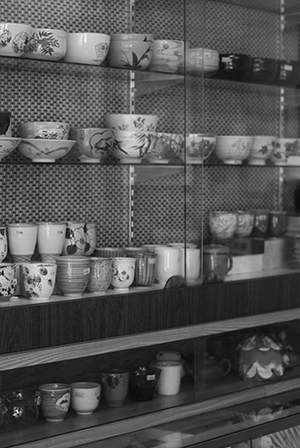 Other essentials for the Japanese kitchen can be found in the ceramics shop, which stocks ceramic nabe pots and chawanmushi bowls for making steamed savoury custards, as well as beautiful sets of tea cups, lacquerware trays, and rice bowls of varying sizes and styles. These shops have been cultivating relationships with pottery kilns for generations, which mean they are unrivalled in variety and often, surprisingly, in price.
Other essentials for the Japanese kitchen can be found in the ceramics shop, which stocks ceramic nabe pots and chawanmushi bowls for making steamed savoury custards, as well as beautiful sets of tea cups, lacquerware trays, and rice bowls of varying sizes and styles. These shops have been cultivating relationships with pottery kilns for generations, which mean they are unrivalled in variety and often, surprisingly, in price.
Good quality Japanese ceramics (particularly sets of tea cups) come in custom-made wooden boxes, which make them ideal for shipping or carrying in a suitcase. Though the traditional bowls and cups are often irresistible, the ceramics shop also offers an ideal alternative to disposable or easily warped plastic storage containers, saran wrap or foil. That solution comes in the form of beautifully decorated bowls with their own fitted plastic lids. These functional curios can go from table to fridge and back again, saving time and money, as well as making ideal gifts.
Stopping at the shotengai’s camera shop, however, will probably save you neither time nor money, but is well worthwhile anyhow. The prices are similar to those in the larger chain stores, but the printing options are far better. Rather than being constrained by the inflexible whims of the larger printers, the shopkeeper will be happy to work with you, letting you choose glossy or matte paper, size, and the kind of borders you prefer.
The real hazard of the camera shop is not in the printing, or the photo books, but in the incredible selection of working vintage cameras which are often sold there. From simple single lens reflex cameras, taking standard 35mm film, to twin lens reflex medium format cameras (currently popular for through-the-viewfinder photography), to the occasional Ansel Adams-style view camera for the real connoisseur.
For photography nerds, a Japanese camera shop is pure paradise.
It is partly this variety and specialization that makes shopping in the shotengai such a pleasure. But even more than that, it’s the initial sense of exploration, possibilities and insights into Japan that may be discovered behind those sliding glass doors. And then, after a while, it’s the sense of community you’ll find by shopping at the shotengai that can make any outsider—whether you’re from another town or another country—feel right at home.
Story by Skye Hohmann
From J SELECT Magazine, April 2009

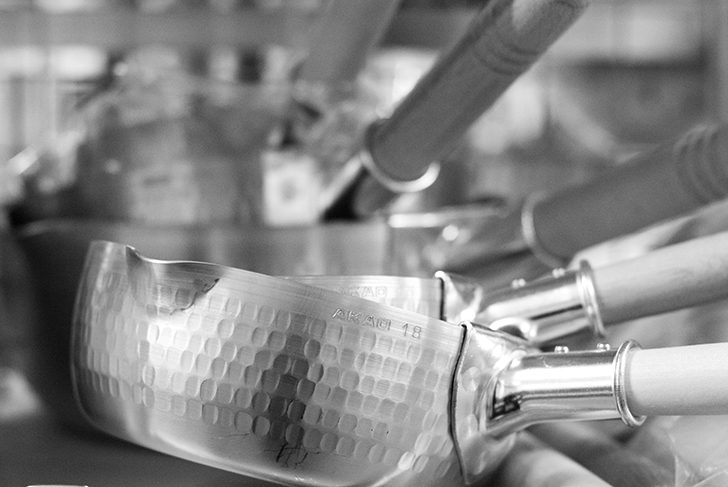

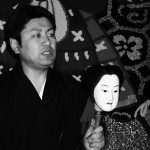
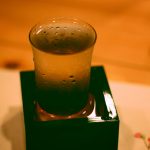


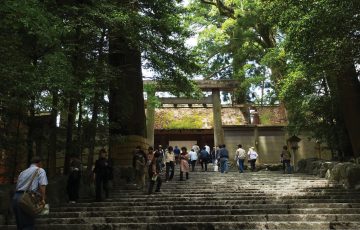
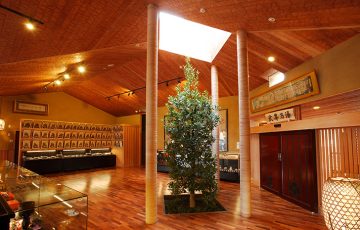
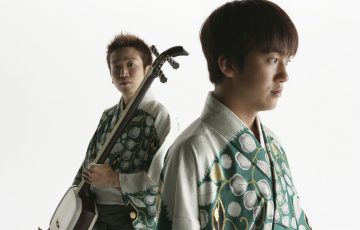
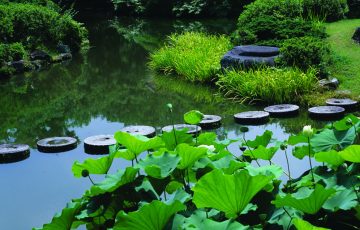




Recent Comments